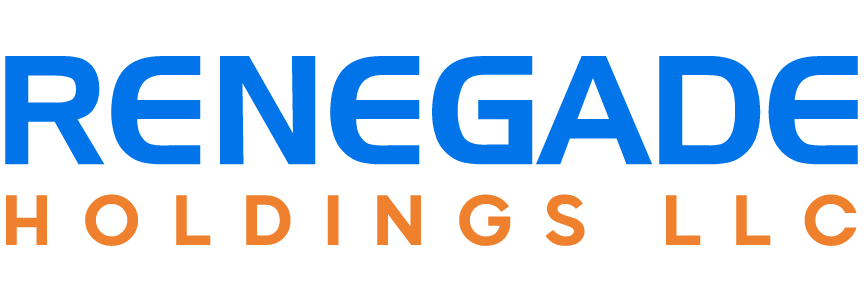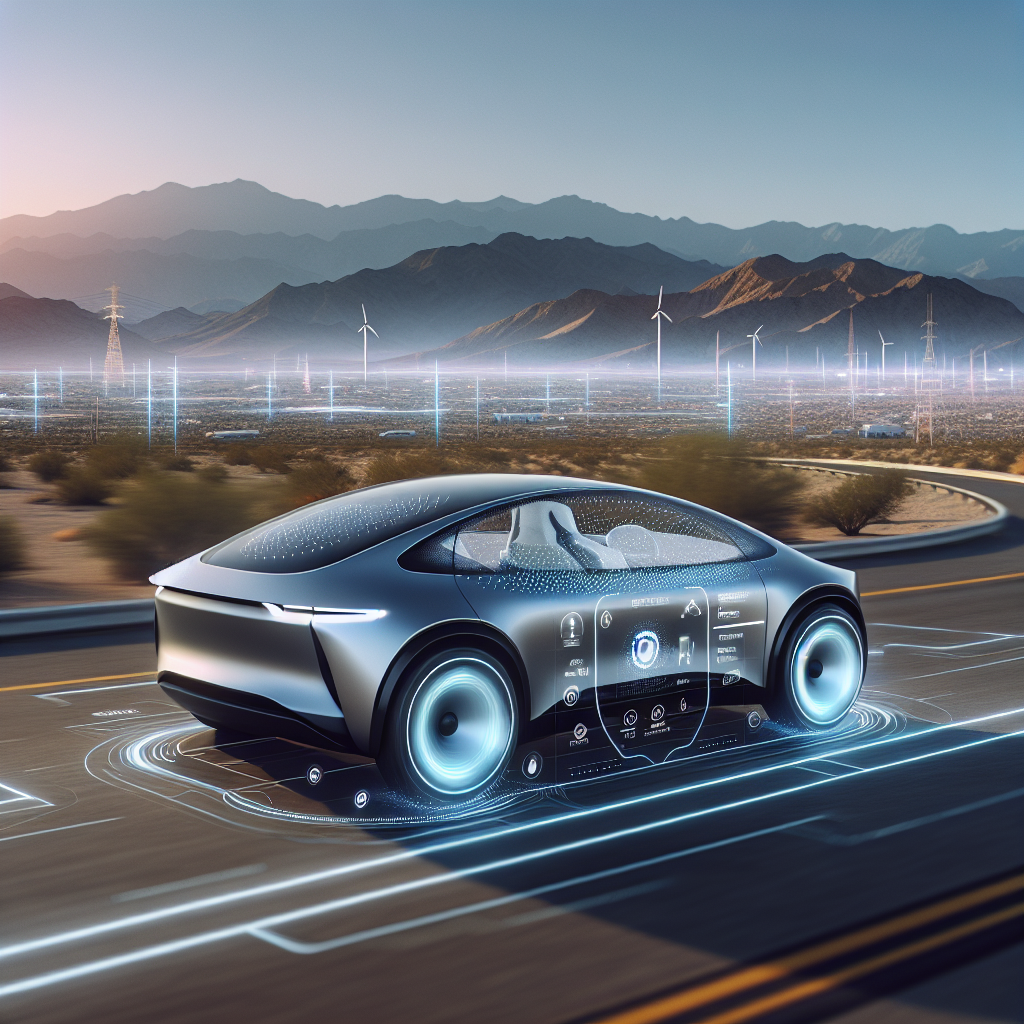Tesla’s Robotaxi Ambitions Advance in Nevada with Autonomous Test Permit
Tesla has cleared another critical milestone in its pursuit of a nationwide autonomous ride-hailing network. The Nevada Department of Motor Vehicles (DMV) recently granted Tesla approval to conduct autonomous vehicle (AV) testing on public roads in the state. While this development does not yet allow the company to begin offering paid robotaxi services in Nevada—as it does in Austin, Texas—it is a pivotal step in testing and validating the technology underpinning Tesla’s self-driving ambitions.
Permitted Testing in Nevada: What It Means
Tesla’s approval for testing in Nevada allows the company to operate vehicles equipped with its Full Self-Driving (FSD) technology under monitored conditions. Nevada, a long-time hub for innovation in autonomous mobility and AV policy, carries a reputation as an AV-friendly state. While the testing permit doesn’t permit carrying passengers for compensation, it enables Tesla to deploy its fleet in real-world environments that can accelerate system learning and model performance.
Nevada’s AV Testing Framework
The Nevada DMV stipulates a clear AV testing framework requiring manufacturers to meet safety, insurance, and operational criteria before any public testing. Companies like Waymo, Motional, and Aurora have leveraged Nevada’s regulatory framework for years, and Tesla now joins this competitive landscape. While Tesla’s exact level of autonomy is still classified as SAE Level 2 (requiring driver supervision), Tesla has reportedly been pushing toward a higher level of automated capability without human intervention.
Key stipulations for AV testing in Nevada include:
– Operational Design Domain (ODD) documentation
– Reporting of disengagement incidents
– Safety driver presence (unless exempted for higher-level capabilities)
– Proof of financial responsibility and insurance
Tesla’s permit currently implies human oversight is still required, a typical scenario for real-world validation of Level 2 or early-stage Level 3 autonomy.
Comparison to Texas: Tesla’s Austin Robotaxi Initiative
Tesla launched a limited self-driving ride-hailing service in Austin, Texas, under more lenient or pilot-based regulatory conditions. In Austin, Tesla owners who have activated the FSD Beta program, typically via over-the-air software updates, can contribute to real-world driving data collection. The company has hinted at a platform similar to Uber or Lyft, where Tesla vehicles can self-deploy when not in use, effectively creating a decentralized rideshare model.
Texas has provided Tesla with more latitude in terms of commercial operations involving FSD vehicles. However, it’s important to note that even in Austin, Tesla’s service doesn’t operate without a driver—thus still functioning as a testbed rather than a fully autonomous service.
What Nevada Still Requires for Paid Ride Services
For Tesla to legally offer rides for compensation in Nevada—as it does in Texas—it must undergo further regulatory processes. These include:
– Receiving additional approvals related to transportation network services (TNS) from the Nevada Transportation Authority
– Demonstrating extended operational safety in autonomous mode
– Possibly obtaining a commercial AV permit for passenger transport
– Complying with rideshare regulations regarding insurance, background checks, and reporting
Tesla has not yet announced a timeline for commercial service in Nevada, indicating that the current focus is still heavily on refining the technology and adapting to varying regional driving conditions.
Implications for the Future of Government Contracting and Infrastructure
Tesla’s testing activities in Nevada also signal broader trends that federal and state government contractors should monitor. As AV technology matures, agencies at both levels are increasingly investing in infrastructure upgrades, regulatory frameworks, and strategic partnerships to prepare for autonomous transportation.
Key Considerations for Contractors and Project Managers
Project managers, especially those involved in public infrastructure and transportation systems, should consider:
– Anticipating updates to roadway designs (e.g., smart intersections, AV lanes, connected signal infrastructure)
– Collaborating with technology vendors on pilot programs
– Understanding compliance and safety standards for AV operations
– Integrating AV accommodations into long-term transportation planning
Contractors bidding on projects involving intelligent transportation systems (ITS) should examine how AV technologies like Tesla’s might affect scope, design, and client expectations.
Conclusion
Tesla’s newly obtained autonomous vehicle testing permit in Nevada marks a notable step in the broader development of its robotaxi network. While the company is not yet authorized to provide paid rides in the state, the testing activities will contribute significantly to refining its FSD platform. Meanwhile, comparison with operations in Texas reveals regional disparities in permitting and commercial use. For project managers and government contractors, staying ahead of autonomous vehicle policy and infrastructure development will be crucial as AV deployments scale. As technology and regulations evolve, opportunities in public-private transportation projects will continue to expand—a trend that professionals in the realm of project management and government contracting should watch closely.#Tesla #Robotaxi #AutonomousVehicles #NevadaTesting #FutureOfMobility

